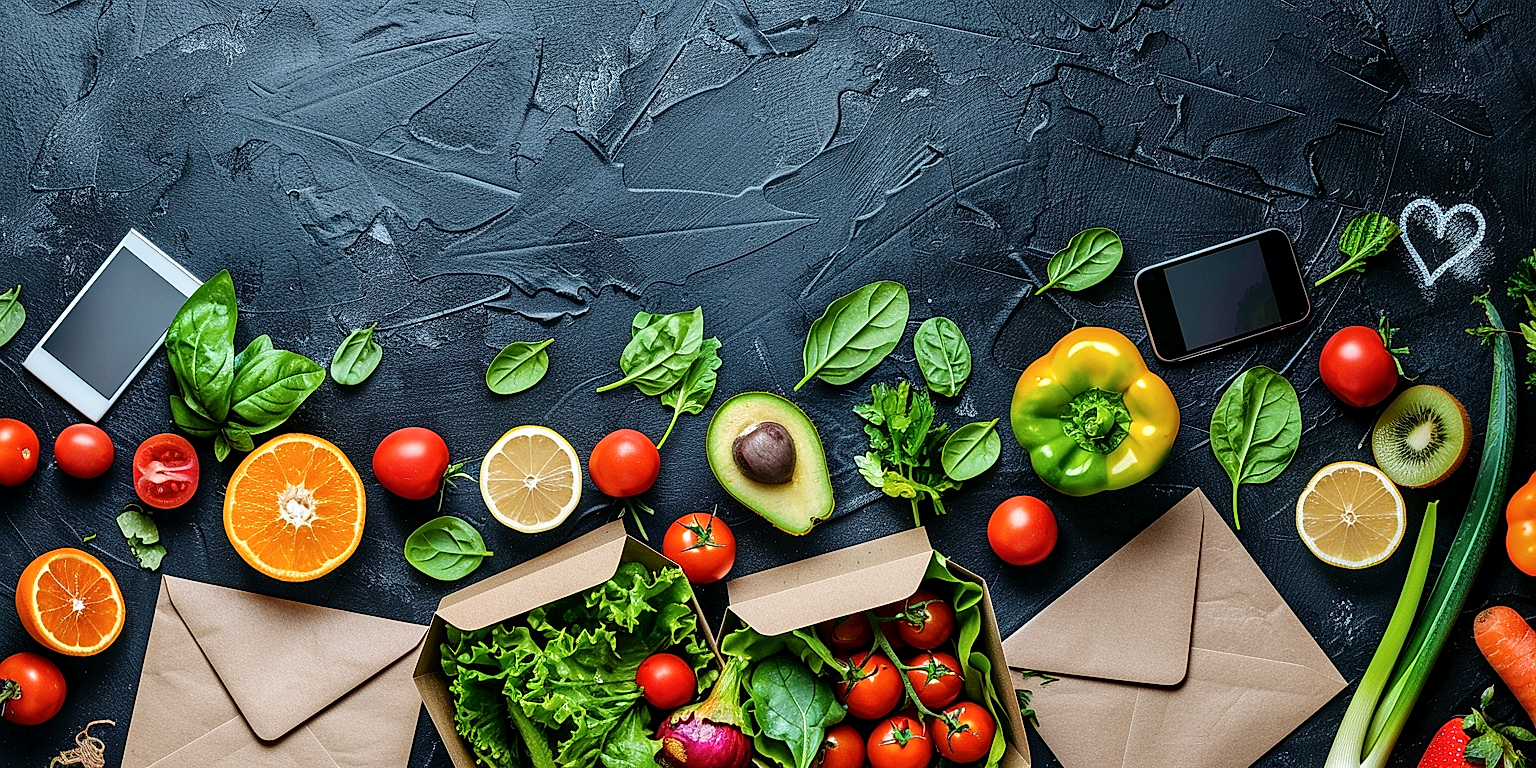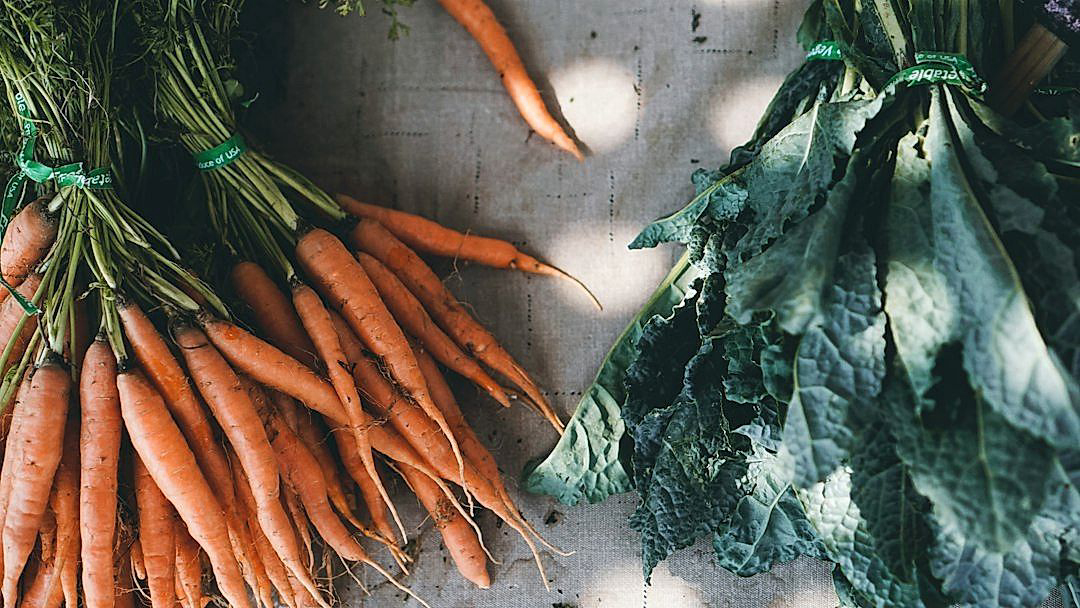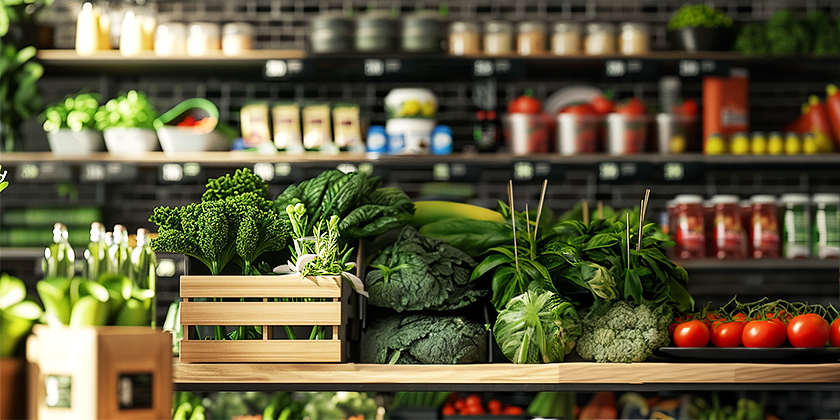In recent years, urban farming has emerged as a viable alternative to traditional agriculture, promising to revolutionize the way we procure and consume food.
Not only does it hold the potential for increased accessibility to fresh, healthy produce, it also bears implications for the retail sector at large.
This new wave of localized agriculture has begun to reshape the market dynamics, attracting attention from consumers, retailers, and policymakers alike.
A shift from sprawling farm fields to vertical gardens and rooftop farms is being witnessed worldwide.
However, for all its apparent benefits, the impact of this transformation on the retail industry, particularly within the produce sector, remains underexplored.
In this context, it becomes crucial to comprehensively evaluate how urban farming might affect the produce retail landscape.
Contents
Urban Farming Impacts On Produce Retail
1. Reduced transportation costs for fresh produce.
With an increasing global focus on sustainability and climate change, one of the primary benefits of urban farming relates to its significant impact on reducing transportation costs for fresh produce.
Traditional farm-to-market models involve the transportation of produce for hundreds or even thousands of miles from farms to consumers.
This model has inherent inefficiencies, leading to not only significant transportation costs but also contributing to adverse environmental effects through the emission of greenhouse gases.
In stark contrast, urban farming, by its inherent nature, significantly reduces the distance between producers and consumers.
This can have a dramatic effect in reducing the cost of transportation, making the produce not only accessible but also affordable to urban residents.
Urban farming models permit direct supply of farm-fresh produce to city dwellers, bypassing the need for complex and costly transportation and distribution chains.
This is especially relevant in densely populated urban centers, where the high demand for fresh produce coupled with high transportation costs makes farm-fresh produce less affordable.
In specific terms, lower transportation costs result in lower cost of fresh produce, which positively impacts consumers’ purchasing power.
Such a model not only supports sustainable consumption patterns but also promotes the concept of ‘eating local’.
In addition, this reduction in transportation costs can also contribute significantly to reducing the carbon footprint associated with food consumption.
This is because the extensive transportation of food is one of the significant contributors to global greenhouse gas emissions.
Through urban farming, cities can become more resilient and self-sufficient with regard to their food systems, reducing their dependence on long supply chains and transportation networks.
Interestingly, it is not only the economic cost that can be reduced through this model, but also the environmental cost.
Urban farming can provide a sustainable solution to the transportation cost issue faced by conventional farming systems.
Overall, the reduction in transportation costs due to the shift towards urban farming greatly impacts the cost, accessibility, and environmental footprint of fresh produce across urban environments.
In a world struggling with climate change, the reduction in transportation costs through urban farming could be a critical step forward in achieving sustainable food systems.
2. Increased availability of organic options.
With the emergence of urban farming, there has been a notable increase in the availability of organic food options.
This method of farming employs natural farming techniques that are not only sustainable but also healthy for the environment and consumers.
Urban farming relies heavily on the use of organic materials in growing fruits and vegetables.
Compared to the conventional method of farming, urban farming does not involve the use of synthetic pesticides or fertilizers.
This implies that the produce from urban farming is free from harmful chemical residue that is common in conventionally grown produce.
The increased availability of organic options offers a variety of options to the city dwellers who were previously limited to the conventional produce sold in grocery stores.
This trend in urban farming is fostering a new culture of consumption based on quality, health, and sustainability.
Urban farming is giving people the chance to make the right food choices based on their preferences and dietary needs.
For instance, people suffering from diseases like obesity, diabetes, heart disease or are prone to allergic reactions can now conveniently access organic produce.
These fresh and organic options are not only better tasting but also nourishing and devoid of harmful chemicals.
Therefore, urban farming is not only enhancing food security but also significantly contributing to the improvement of public health.
Urban farming is also introducing a new form of farming to the younger generation.
This form of farming is not only exciting but also educative and encourages the younger generation to respect and conserve the environment.
Moreover, it is also interesting to note that through urban farming, cities are gradually becoming food independent.
As such, they are less reliant on transportation of produce from rural areas or imports hence reducing the carbon footprint.
Thus, urban farming is proving to be a game changer in the urban food landscape.
3. Longer shelf-life due to local sourcing.
When discussing urban farming, a key point of discussion is the longer shelf-life fruits and vegetables sourced locally enjoy.
This extended freshness is attributed to the reduced time between harvest and delivery to the consumer.
Instead of travelling long distances, often cross-country or internationally, fresh produce from urban farms can usually just move across town, arriving in markets or grocery stores much sooner after harvest.
Such reduced transportation time is indispensable in maintaining the freshness and nutritional quality of the produce.
Moreover, since these products do not have to endure lengthy travel time, they don’t need to be harvested prematurely as is often the case with traditionally farmed produce.
This further contributes to the extended shelf life of the vegetables and fruits.
Most urban farms also utilize organic farming practices, which specifically involves the non-use of synthetic preservatives and chemicals.
With no synthetic preservatives to artificially extend freshness, these local farms rely on the freshness that comes from the short period between harvest and sale.
As a result, urban-farmed produce reaches consumers at its peak freshness, offering increased shelf-life as the produce can remain fresh longer in the consumers’ home.
This is a particularly important point for retailers, as longer-lasting fresh produce results in less waste, leading to increased profits.
For consumers, the longer shelf-life of local produce not only means better tasting fruits and vegetables, but also less frequent trips to the grocery store.
This aspect of urban farming serves not only to promote more sustainable agriculture practices but is also a significant factor driving the demand for local produce.
Moreover, urban farming presents an opportunity for cities to become more self-sustaining as it can greatly reduce the reliance on far-flung rural farms.
Overall, through the extended shelf-life of its products, urban farming significantly impacts the produce retail sector, prompting a shift towards locally sourced produce which is better for both business and consumers alike.
4. Lower prices for consumers.
One of the most significant impacts of urban farming for produce retail lies in the potential to lower prices for consumers.
This price reduction is due to several factors associated with the urban farming model.
By growing produce close to where it will be sold, transportation costs are significantly reduced.
Not only does this save on fuel and associated emissions, but it also drives down the cost of getting fresh produce to market.
Further, urban farming often takes advantage of previously unused urban spaces, such as rooftops or vacant lots.
This allows farmers to leverage excess urban capacity for the growth of crops, thereby reducing the cost of land.
By directly connecting producers to their local markets, urban farming also cuts out many of the middlemen found in traditional supply chains, thereby reducing the final retail price for consumers.
In addition, many urban farms focus on organic or sustainable growing practices.
While these methods can sometimes be more expensive initially, the cost can often be offset by the higher prices that consumers are willing to pay for more sustainable produce.
Many urban farms also have the ability to grow year-round thanks to innovative technologies such as hydroponics and climate-controlled environments.
This not only increases the availability of fresh produce, but it can also drive down prices during non-peak seasons.
The reduced need for packaging and storage, thanks to the quick turnaround from farm to consumer, also cuts down on costs.
Moreover, urban farming practices have the potential to produce higher yields per acre than traditional farming.
This means more produce can be grown in less space, which is especially valuable in densely populated urban areas.
The efficiency of this model not only benefits farmers, but also helps to lower the prices that consumers pay for their fresh produce.
The incredible synergy of these cost-saving measures, coupled with the increasing demand for local, sustainable and organic produce, creates a promising proposition for the expansion of urban farming and its potential to positively impact the retail price of produce.
5. Enhanced freshness and flavor of vegetables/fruits.
It is indubitable that the freshness and flavor of fruits and vegetables are significantly influenced by the method of cultivation adopted.
Urban farming, by its very nature, has proven to be superior in enhancing the freshness and flavor of produce.
This impact is primarily due to the reduced distance and time between harvesting the produce and its sale or consumption.
Urban farming eliminates the need for long transportation and storage periods that often lead to a loss in the freshness and quality of produce.
Produce sourced locally from urban farms reaches the consumers’ table in a much shorter time frame, ensuring optimal freshness.
The minimal handling and processing involved also contribute to maintain the integrity and quality of the produce.
Furthermore, urban farming allows for ripe harvesting, that is, the produce is allowed to mature fully on the plant before it is harvested.
Such mature produce has optimum flavor and nutritional content, which is often compromised when the produce is harvested prematurely to endure long travels to the city’s markets.
Urban farming also uses techniques that are naturally enhancing to the produce.
For instance, the careful hand-picking of fruits and vegetables can result in less bruising and thereby a better fresh taste.
Similarly, the extensive use of organic farming techniques prevalent in urban farming contribute to a richer, more natural flavor.
Artificial ripening agents and harmful pesticides, which can affect the flavor and health quotient of the produce, are largely avoided in urban farming.
Thus, consumers not only get to enjoy fresh and flavor-rich produce but also benefit from the additional health dividends.
It’s not surprising then that produce from urban farms is generally considered superior in both taste and nutrition when compared to traditionally sourced produce.
To sum up, through reducing transportation and storage time, allowing for ripe harvesting, limiting bruising, and employing organic farming methods, urban farming significantly enhances the freshness and flavor of fruits and vegetables.
With the swift growth of urban farming in our cities, we can look forward to a future of fresher, tastier, and healthier food options.
The Bottom Line
Offering fresh, organic produce at lower prices is good for consumers’ wallets and taste buds.
Reduced transportation costs result in longer shelf-life, which in turn enhances freshness and flavor.
Consumers benefit from a wider variety of organic options at lower prices as well, making healthy eating more accessible.
Simply, this shift to locally sourced produce improves the availability, cost, quality, and taste of our food – truly transforming the fresh food landscape for better.




